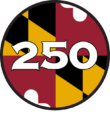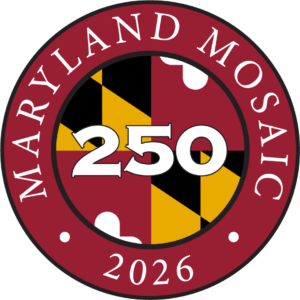Mosaic Pieces
Welcome to the complete Maryland Mosaic.
The Mosaic is not presented chronologically but presents a randomized selection of Mosaic Pieces to spark your interest in a particular event or person. If you would like to have a more ordered chronological overview, use the six fixed time period options on the right of the screen to get a more immediate picture of an historical period. You can also explore by county or by category. Our predefined categories, tags, counties and chronological brackets will help you see links between the Pieces.
The collection has over 140 firsts, including events, people, places, objects, documents or buildings that are unique to Maryland and to the nation. The Mosaic is part of Maryland’s contribution to the U.S. 250th anniversary in 2026. It covers the period from 1776 to the present. You will find at least one Piece for every county and Baltimore City, making this a statewide project.
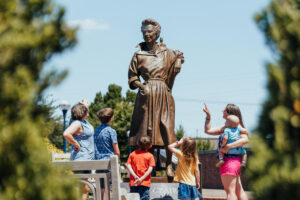
Claire McCardell, fashion designer of modern women’s sportwear
Fashion designer Claire McCardell, featured on the cover of Time in 1955, is the successful creator everyday easy-to-wear clothing for women.
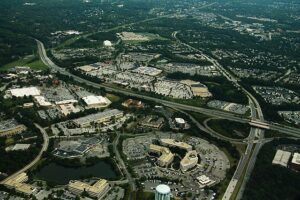
City of Columbia
“Columbia, Maryland, is the best place to raise a family in the country.” Jim Rouse creates a carefully planned city for “joyous living” in 1967.
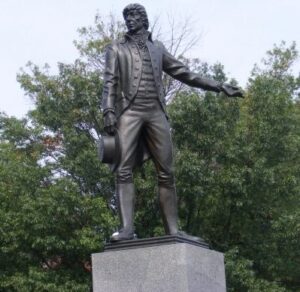
Chinese and Asian immigrants arrive
John O’Donnell brings the first Asian immigrants to the US in 1785 as sailors on his ship that carries a cargo of Chinese goods. His statue in O’Donnell Square has been recently removed.
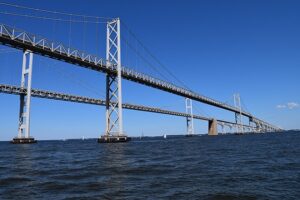
Chesapeake Bay Bridge, longest single span bridge over water
When the Chesapeake Bay Bridge is built in 1952, it is the longest continuous steel span in the country.
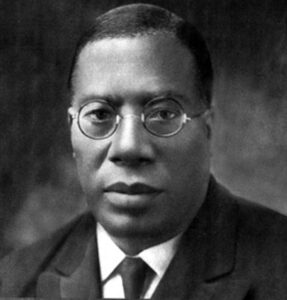
Charles Tindley publishes over 50 African-American spirituals
Methodist Preacher Charles Albert Tindley, born in Berlin, Maryland, publishes over 50 hymns including “We Shall Overcome” in 1900 and “Stand By Me.”

Casselman River Bridge is the largest stone arch bridge in 1813, built on the new National Road.
The elegant Casselman River Bridge is the largest stone arch bridge in America in 1813.
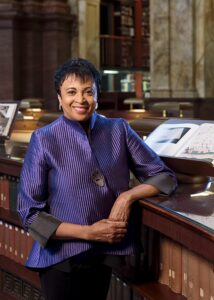
Carla Hayden becomes the Librarian of Congress
Carla Hayden heads the country’s oldest federal institution, The Library of Congress, in 2019. She is the first professional librarian, first woman and first African American in the post. Previously she directed the Enoch Pratt in Baltimore for 13 years.
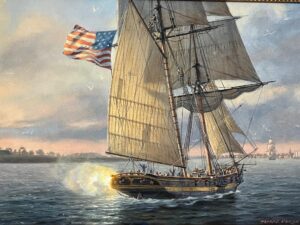
Captain Thomas Boyle aboard the privateer Chasseur proclaims the blockade of Britain
Chasseur, a Baltimore clipper commanded by Thomas Boyle, makes history by singlehandedly blockading the United Kingdom in 1812.
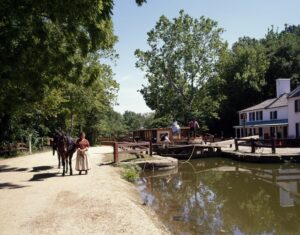
C&O Canal is an engineering marvel
The C&O Canal completes construction on Lock 24 and the Seneca Acqueduct. Working by hand, the workers complete a unique stone aqueduct combined with a lift lock in 1832.

Billie Holiday, iconic jazz vocalist
Billie Holliday (born Eleanora Fagan and raised in Baltimore) revolutionizes the style and approach to jazz singing. She releases her first hit at 17, “Riffin’ the Scotch”, recorded with Benny Goodman in 1933.
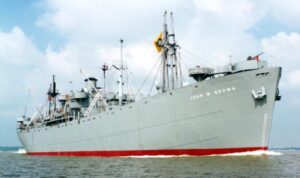
Bethlehem-Fairfield Shipyard builds the first Liberty Ship
Baltimore shipyards build 384 Liberty Ships over four years to carry supplies and soldiers to the European battlefields of World War II.

Benjamin Banneker, free man of color, is the first Black scientist
Benjamin Banneker joins the 1791 survey team for DC boundaries. He later publishes six annual almanacs.
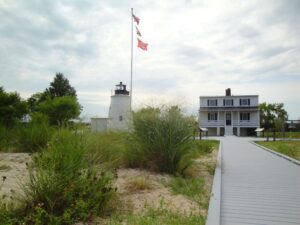
Battle of St. George’s Island
Battle of St. George’s Island in 1776 is the only Revolutionary War battle in Maryland. Piney Point Lighthouse Is the Visitors Center.

Battle of Monocacy saves Washington
The Battle of Monocacy in 1864 saves the National Capital. Confederate Forces defeat Unionists, but after being delayed they are forced to retreat. This is the most northern victory of the Confederacy.
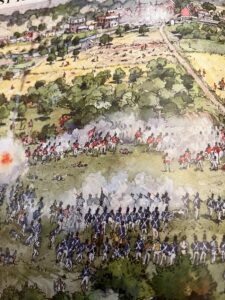
Battle of Bladensburg is the worst defeat on American soil
The Battle of Bladensburg in August 1814 is the most momentous defeat of an American army on US soil. After a strong British force of 4000 defeats 6500 poorly-trained militia, the British proceed to burn public buildings in Washington DC.

Battle of Antietam is the single bloodiest day of the Civil War
The Battle of Antietam in September 1862 has soldiers of both sides falling for 12 straight hours. It is the single bloodiest day of the War (23,000 casualties of 132,00 engaged). Lincoln uses the battle to release the Emancipation Proclamation.

